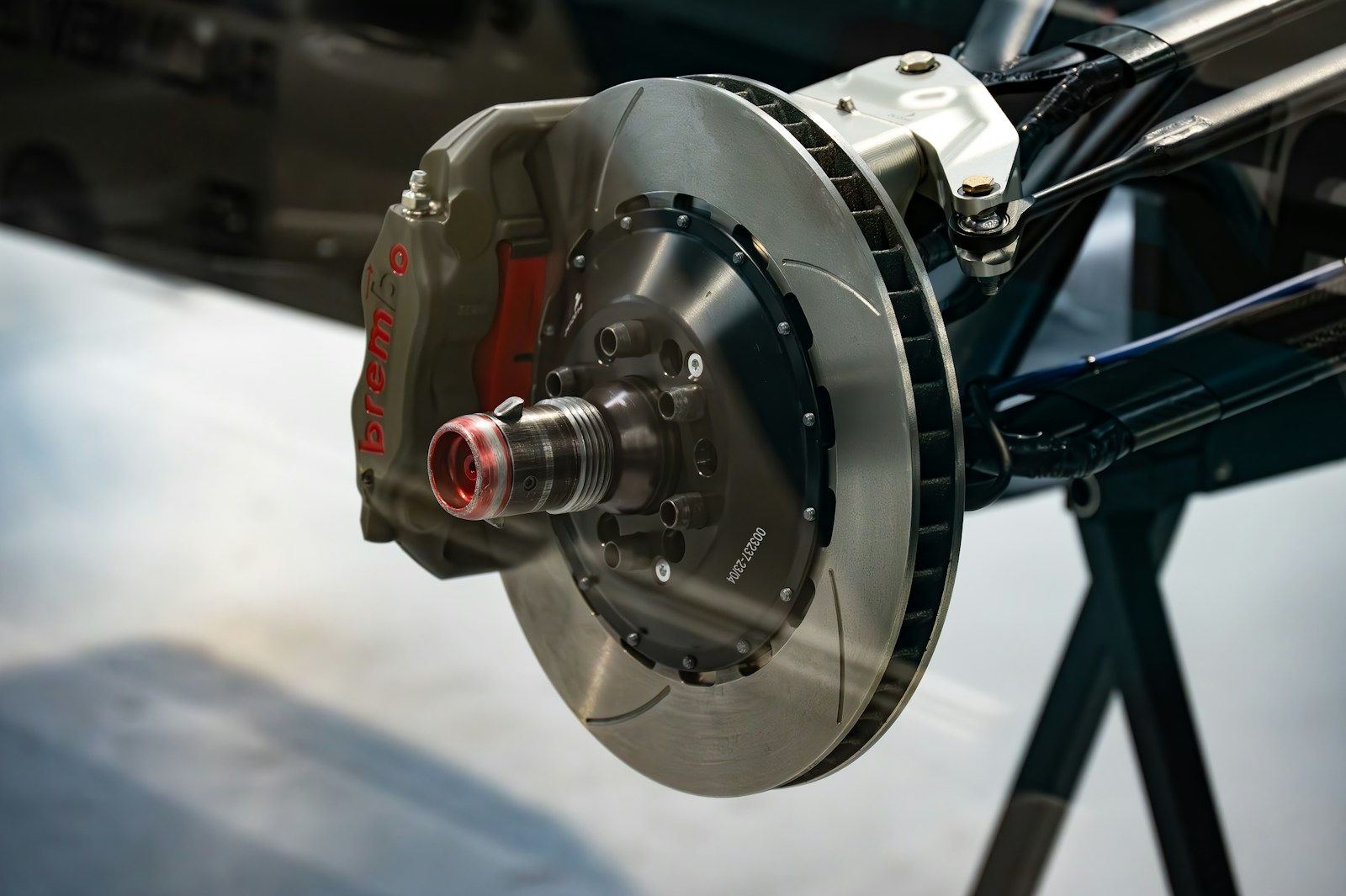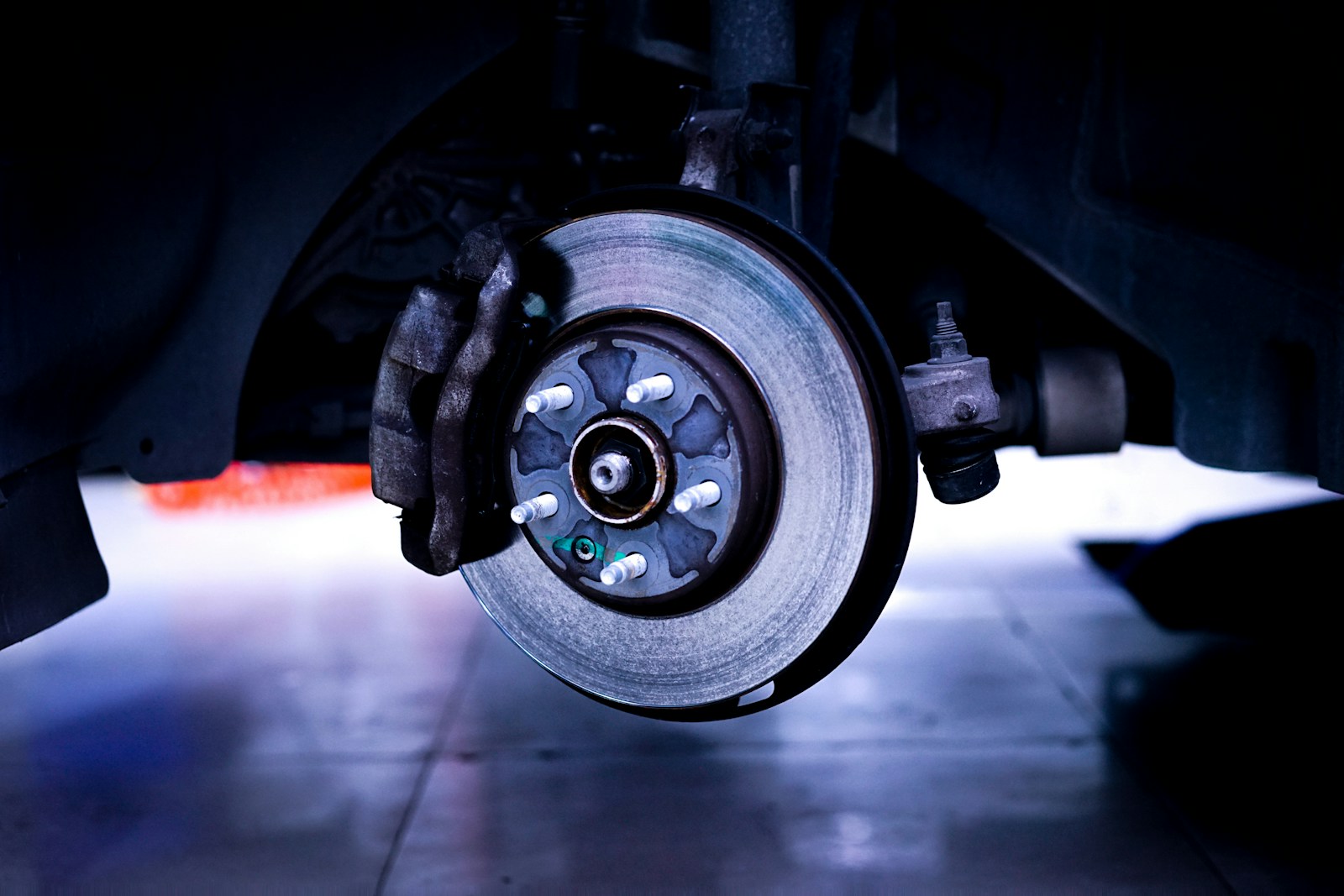Your car’s brake system is one of its most essential safety components—and at the heart of it are the brake pads. But how long do they actually last? The answer isn’t always simple, but knowing the average lifespan and the signs of wear can help you plan ahead and avoid costly repairs—or worse, brake failure.
In this guide, we’ll break down how long brake pads last, what affects their lifespan, and how to know when it’s time to replace them.
Average Lifespan of Brake Pads

🧭 Typical Range:
30,000 to 70,000 miles
This range is wide because brake pad life depends heavily on your driving style, environment, and the type of pads used.
- Light city drivers might need replacements closer to 30,000 miles
- Highway or gentle drivers may go beyond 60,000 miles
- Aggressive drivers or mountain commuters may need replacements as early as 20,000 miles
Always check your owner’s manual and monitor pad wear regularly.
What Affects Brake Pad Lifespan?

1. Driving Habits
Hard braking, riding the brakes downhill, or frequent stop-and-go traffic wears pads faster.
2. Type of Brake Pad
There are 3 common types:
- Organic: Soft, quiet, affordable, but wear quickly (20,000–40,000 miles)
- Semi-metallic: Longer-lasting, better performance, but noisier (30,000–60,000 miles)
- Ceramic: Most durable and quietest, often lasting 60,000–80,000 miles
3. Driving Environment
- City driving: More braking = faster wear
- Highway driving: Less frequent braking = longer pad life
- Mountain driving: Can be hard on brakes due to elevation and downshifting
4. Vehicle Type and Load
Larger vehicles or those carrying heavy loads wear brake pads faster.
How to Know When Brake Pads Need Replacing

🔧 Look for These Signs:
- Squealing or screeching noise when braking
- Grinding sound (metal-on-metal = pads are gone!)
- Vibration or pulsation in the brake pedal
- Longer stopping distances
- Dashboard brake warning light
- Visually thin brake pads (less than 1/4 inch of material left)
Pro Tip: Many pads come with built-in wear indicators that make a noise when it’s time to replace them.
How to Extend Brake Pad Life
Want to get the most out of your brake pads? Here are a few simple habits:
- Avoid hard braking unless necessary
- Coast to slow down before applying the brakes
- Maintain your brake system with regular inspections
- Flush brake fluid every 2–3 years to reduce system wear
- Don’t overload your vehicle—it increases brake stress
DIY vs. Professional Brake Pad Replacement
🧰 DIY:
- Cost: $50–$150 for pads
- Skill level: Moderate
- Tools: Jack stands, wrench, socket set, C-clamp
👨🔧 Professional:
- Cost: $150–$300 per axle
- Includes labor, inspection, and usually a warranty
- Safer and easier for most drivers
Rear vs. Front Brake Pad Lifespan
Your front brake pads typically wear out faster than the rear, because about 70% of your stopping power comes from the front brakes.
- Front pads: Often replaced every 30,000–50,000 miles
- Rear pads: May last 50,000–70,000 miles or more
Some vehicles also use drum brakes in the rear, which wear differently and may last longer but offer less stopping power.
Bonus: High-Performance Brake Pads
If you’re an aggressive driver, tow heavy loads, or drive in steep areas, you might benefit from performance brake pads, which offer:
- Higher temperature resistance
- Longer lifespan
- Better stopping power
But they often come with trade-offs like more brake dust, higher cost, and slightly more noise.
FAQs
1. Can I drive with worn brake pads?
Technically, yes—but you shouldn’t. Worn pads reduce stopping power and can damage your rotors, leading to much more expensive repairs. It’s also a major safety risk.
2. How often should I check my brake pads?
Have them inspected every 10,000 miles, or at every oil change if possible. A quick visual check or a listen for squealing noises can also help you stay ahead of problems.
3. Do brake pads wear evenly?
Not always. Front vs. rear pads wear at different rates, and even the left and right sides can wear unevenly if calipers are sticking or suspension is off. That’s why rotating tires and regular brake inspections are important.
Final Thoughts
So, how long do brake pads last on average? Most fall between 30,000 and 70,000 miles, but how and where you drive makes all the difference. Stay alert for signs of wear, follow smart driving habits, and don’t skip inspections.
Replacing brake pads on time not only keeps you safe—it saves you money by protecting your rotors and calipers from premature wear.
Let’s Talk Cars
Have a question? A suggestion? Just want to say hi?
You’re in the right place.
Use the form below to reach out to the AutoSpecs Daily team. We're happy to hear from readers, car lovers, first-time buyers, and anyone who's got something to share.
What can you contact us about?
- Feedback on one of our articles
- Ideas for new topics you'd like us to cover
- Questions about cars, gear, or general auto advice
- Media, partnership, or brand inquiries
- Anything else that's on your mind
We check every message that comes through and do our best to respond within 2 to 3 business days.
We don’t list an email address here to avoid spam, but the contact form is the best and fastest way to reach us.
Thanks for stopping by. We're glad you're here.

